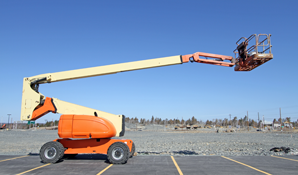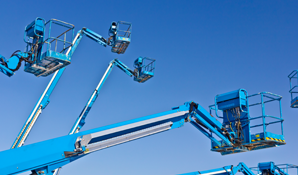Boom Lift Products and Prices:
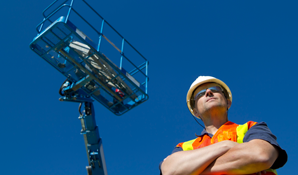
Boom Lifts Safety Kit
Level: Intermediate
Languages: English, Spanish
Digital: $550.00
Digital and Hard Copy: $675.00
Description: DIY TRAINING KIT: COURSE A – This course is designed to provide basic knowledge and awareness around boom lifts. It’s meant to give an overview for potential trainers who can then use their knowledge of specific manufacturer devices and live practical sessions to train others working in or around boom lifts.
Description: SUBSCRIPTION – Get weekly safety meeting topics based on your selections delivered throughout the year. This can included boom lift-specific topics or meetings related to the specific upcoming job, such as working near overhead powerlines.
Description: SUBSCRIPTION – Get access to over 300 courses, including boom lift courses in English and Spanish. SafetyConnect is a complete learning management system that allows users to take digital courses, receive certicates, record training dates, upload documentation, create custom learning plans, and much more. The platform even uses your logo to keep with your brand.
Types of Boom Lifts
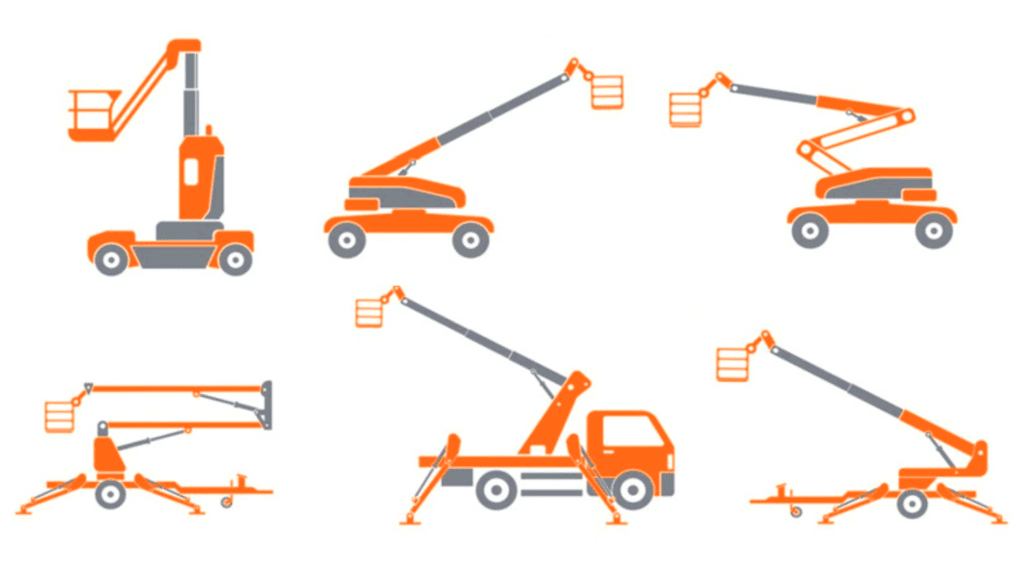
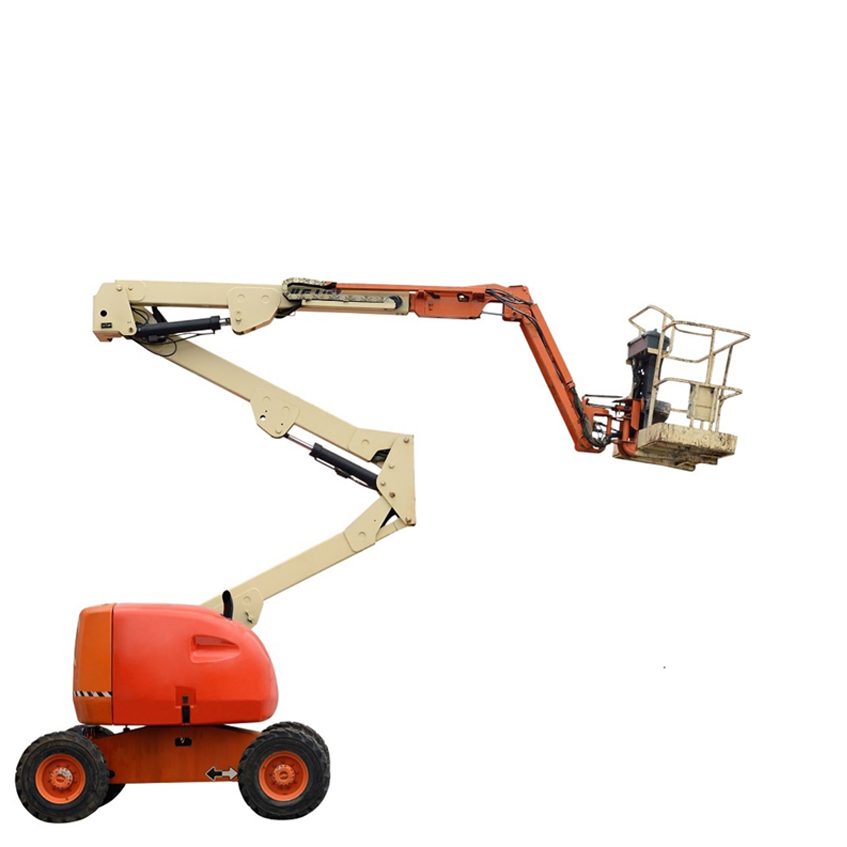
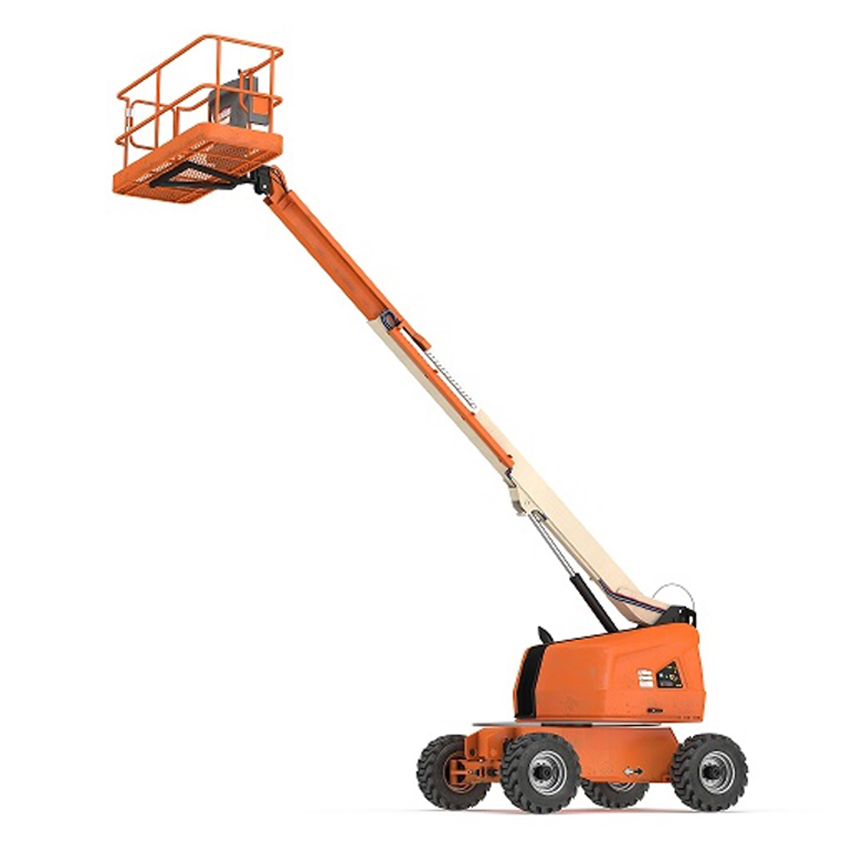
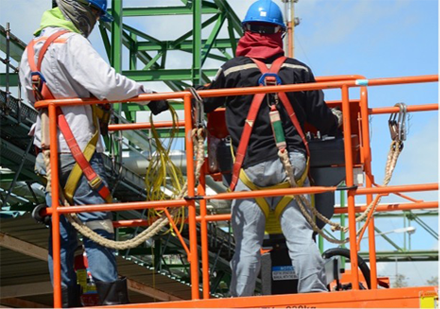
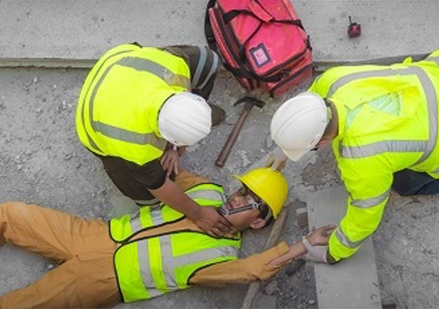
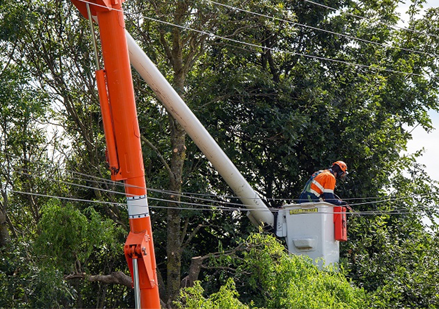

Boom lifts usually extend much higher than scissor lifts:
Telescopic and articulating boom lifts can go from 30 to 100 feet high

I’m very pleased with Safety Services Company. The services that they provide gives our company piece-of-mind that we are meeting safety criteria set forth by the industry and individual clients.
![]()
Schelley B.
